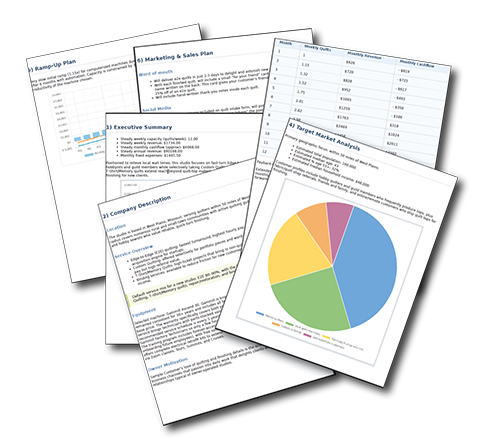
Free Tool
Build Your Business Plan
Building a Business Plan sounds scary, but by using the free tool below, you’ll have a completed plan ready to take to your lender or business partners immediately! Fill out the form at the bottom of this page to receive your customized business plan.


What does the free
business plan look like?
Answer a few simple questions about your business below, and you’ll receive a link to your customized 8–12 page business plan—tailored with information specific to your business and region.
Your personalized plan will be delivered straight to your email within 30 minutes of submitting your form.
What’s in the free plan?
- Industry Trends
- Target Market Analysis
- Service and Pricing Strategy
- Marketing and Sales Plan
- Financial Projections
- And more!
